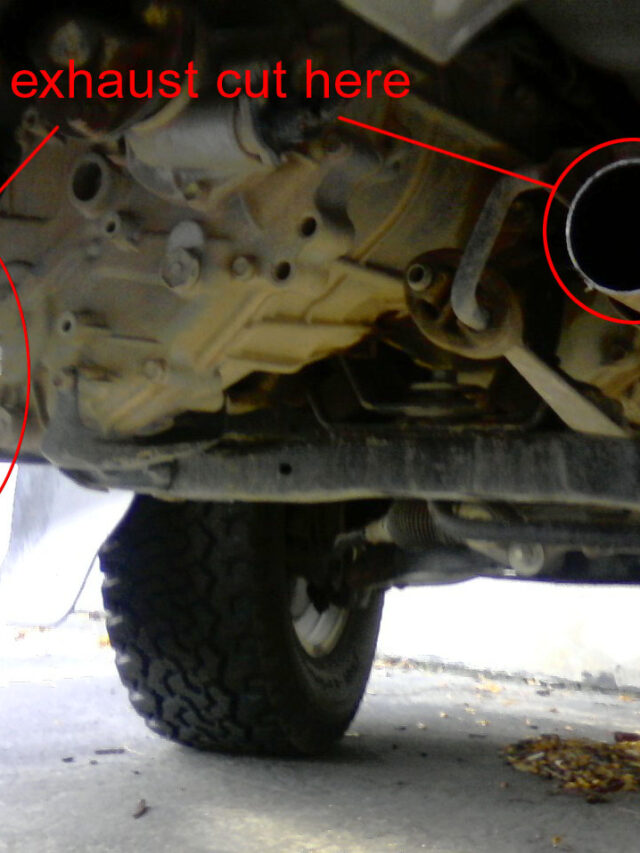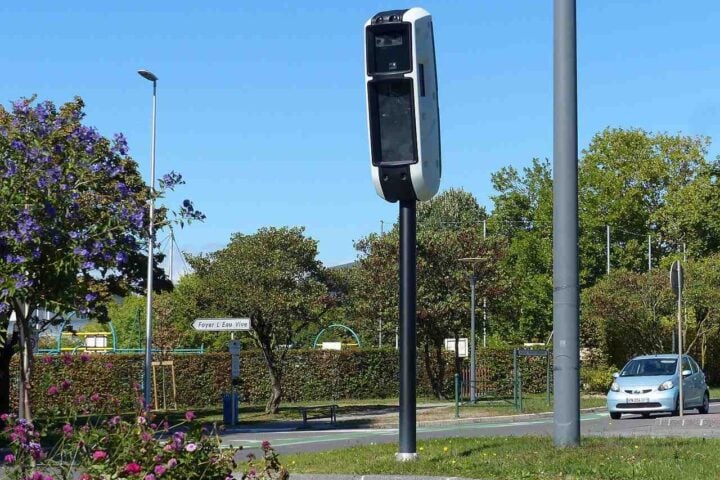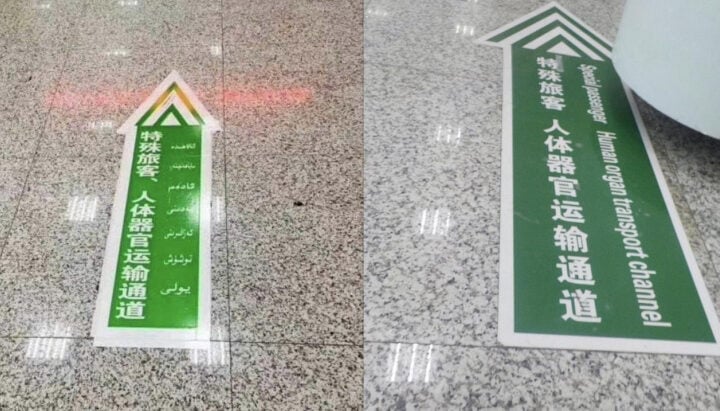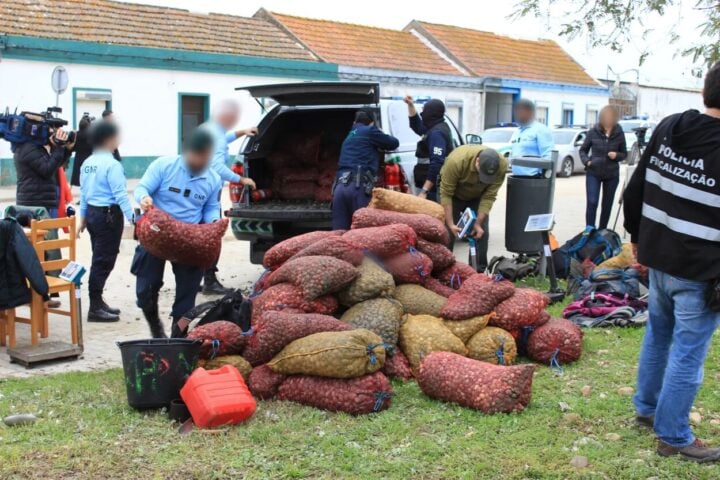In a resounding blow to organized crime, a coalition of federal, state, and local law enforcement agencies has dismantled a sprawling syndicate involved in the illicit trade of catalytic converters. This operation has pulled back the curtain on the shadowy recesses of the automotive underworld, spotlighting a nexus of thieves, middlemen, and handlers cashing in on this clandestine commerce.
Catalytic converters, the unsung heroes of our vehicles, are instrumental in curbing noxious emissions. Their role in safeguarding our environment is paramount. Yet, their allure in the underground market has skyrocketed, thanks to the treasure trove of metals like palladium, platinum, and rhodium they house. At times, the value of these metals even eclipses that of gold, making these auto components a prime target for the criminal fraternity.
Spanning the breadth of states from California to Oklahoma and New York, this operation led to the apprehension of 21 suspects. The dragnet also saw the execution of a staggering 32 search warrants, culminating in the confiscation of assets running into millions – swanky cars, opulent residences, and bulging bank coffers.
The Eastern District of California bore the brunt of this crime wave, with a monthly tally of around 1,600 stolen catalytic converters. This region alone shoulders a hefty 37% of the nation’s catalytic converter theft reports. Tulsa mirrors this grim scenario, registering over 2,000 thefts in the previous annum.
Similar Posts
The triumph of this operation is a testament to the synergy of diverse law enforcement entities. FBI’s top brass, Christopher Wray, accentuated the magnitude of this crackdown, highlighting the astronomical profits raked in by this cartel, all at the expense of unsuspecting vehicle owners. U.S. Attorney Phillip A. Talbert drew attention to California’s predicament, attributing its status as a theft magnet to its rigorous emission norms.
Peeling back the layers of this operation, Sacramento emerged as a pivotal hub. Here, the Vang clan is alleged to have run a covert enterprise, snapping up stolen catalytic converters and dispatching them to DG Auto Parts LLC, nestled in New Jersey. This family’s dealings with DG Auto are pegged at an eye-watering $38 million. DG Auto, helmed by a consortium in New Jersey, played the role of the processor, mining these converters for their precious metals and then offloading them to metal refineries. Their sales ledger? A jaw-dropping $545 million.
The success of this crackdown, while laudable, also sparks a flurry of queries. How did this mammoth network elude the law for so long? What strategies can be deployed to nip such thefts in the bud? And, crucially, how can vehicle owners fortify their prized possessions?
A collaborative blueprint, crafted by the automotive sector and law enforcement, is the need of the hour. A potential solution could be the infusion of unique identifiers or distinct markers on catalytic converters. This dual-purpose strategy would deter potential thieves and streamline the tracking of pilfered items.

















